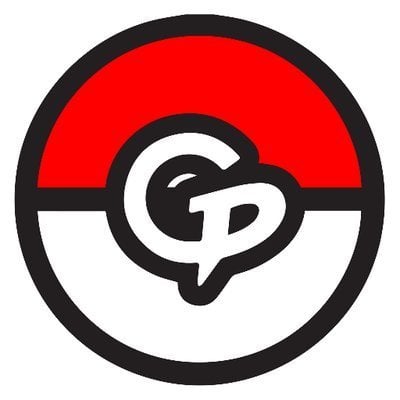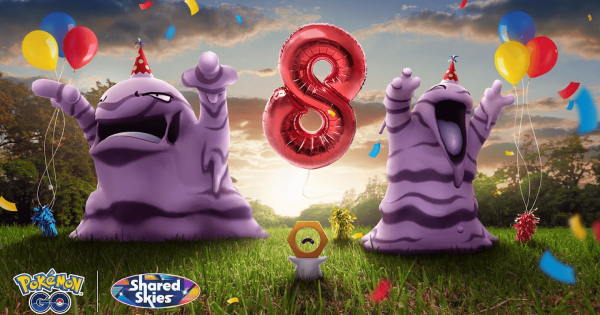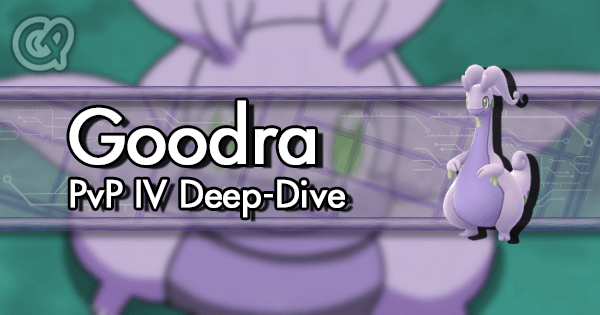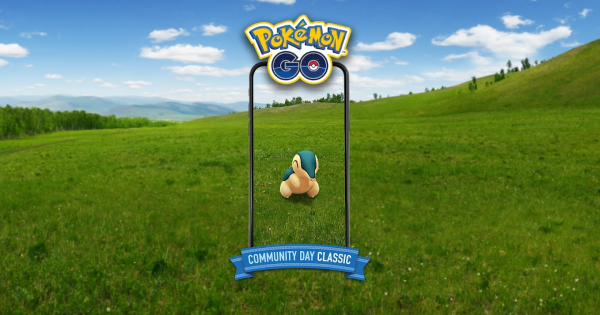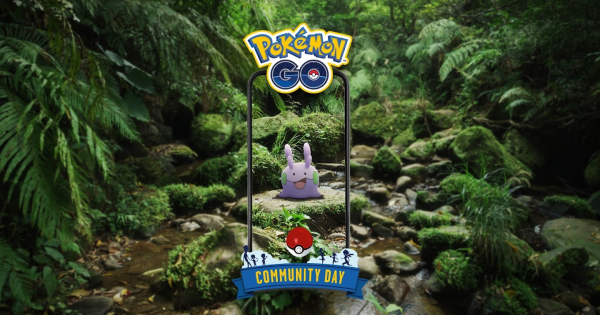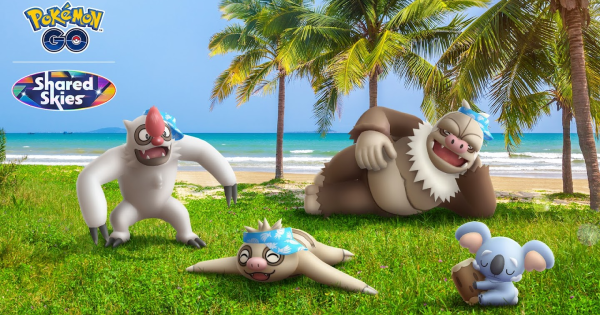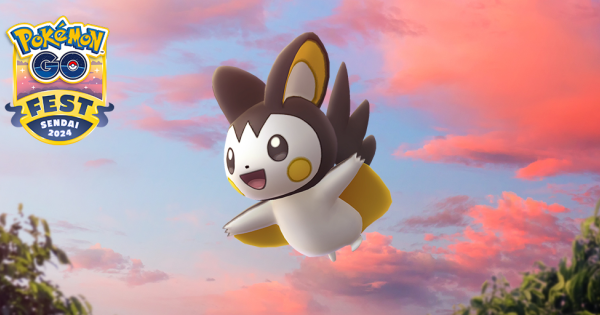Introduction
Pokemon nests can be difficult to keep track of. Reddit user u/Zyxwgh has here a rundown of Pokemon nesting habits.
Assumptions:
-
Babies, legendaries, and mythicals don't spawn in the wild and therefore they don't nest.
-
Babies' first evolutions count as "unevolved adults" that may nest.
List of NON-NESTING species
While any Pokemon absent from the main list below should be considered "non-nesting", these are a few categories that generally exclude a Pokemon from being able to nest in the first place. While Niantic could change this at the drop of a hat if they so desire, these qualifiers have been observed to be true since the system was discovered
Note that the list of Pokemon within these categories are not exhaustive, and simply examples
-
Current or former regional exclusives
Examples: Mr. Mime, Heracross, Corsola
If a Pokemon only exists within a specific geographic region, no matter how large or small it may be, that Pokemon has not been observed to be a nesting species. - Most 10km eggs
Examples: Dratini, Beldum, Gible
If a Pokemon hatches from a 10k egg outside of special events, then it will generally not be able to nest.
*: Note that some species have left the 10k egg pool over the years and can now nest. - Some former 10km eggs (now 5km eggs):
Examples: Pineco, Mareep, Trapinch
If a Pokemonhas left the 10k egg group, it can still remain a non-nesting species. - The Hitmons
Hitmonlee, Hitmonchan, Hitmontop
Despite being a first-form after a baby Pokemon (Tyrouge), the Hitmons are still considered rare Pokemon and cannot nest. - Egg, Research, or Raid exclusives
Mawile, Absol, Shinx, Lucario
Their unique status of generally not being available in the wild outside of special circumstances has lead them to being unable to nest. - Special cases
Togetic, Ditto, Unown, Delibird, Smeargle, Nincada, Chimecho, Clamperl, Spiritomb, Yamask
These Pokemon all have something that makes them unique. Be it holiday-status, event availability, unique in-game function, or research-exclusivity, these Pokemon have not been observed nesting as a result.

